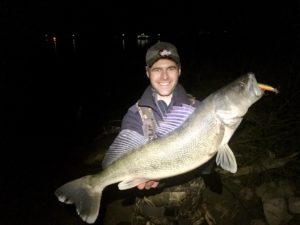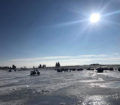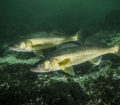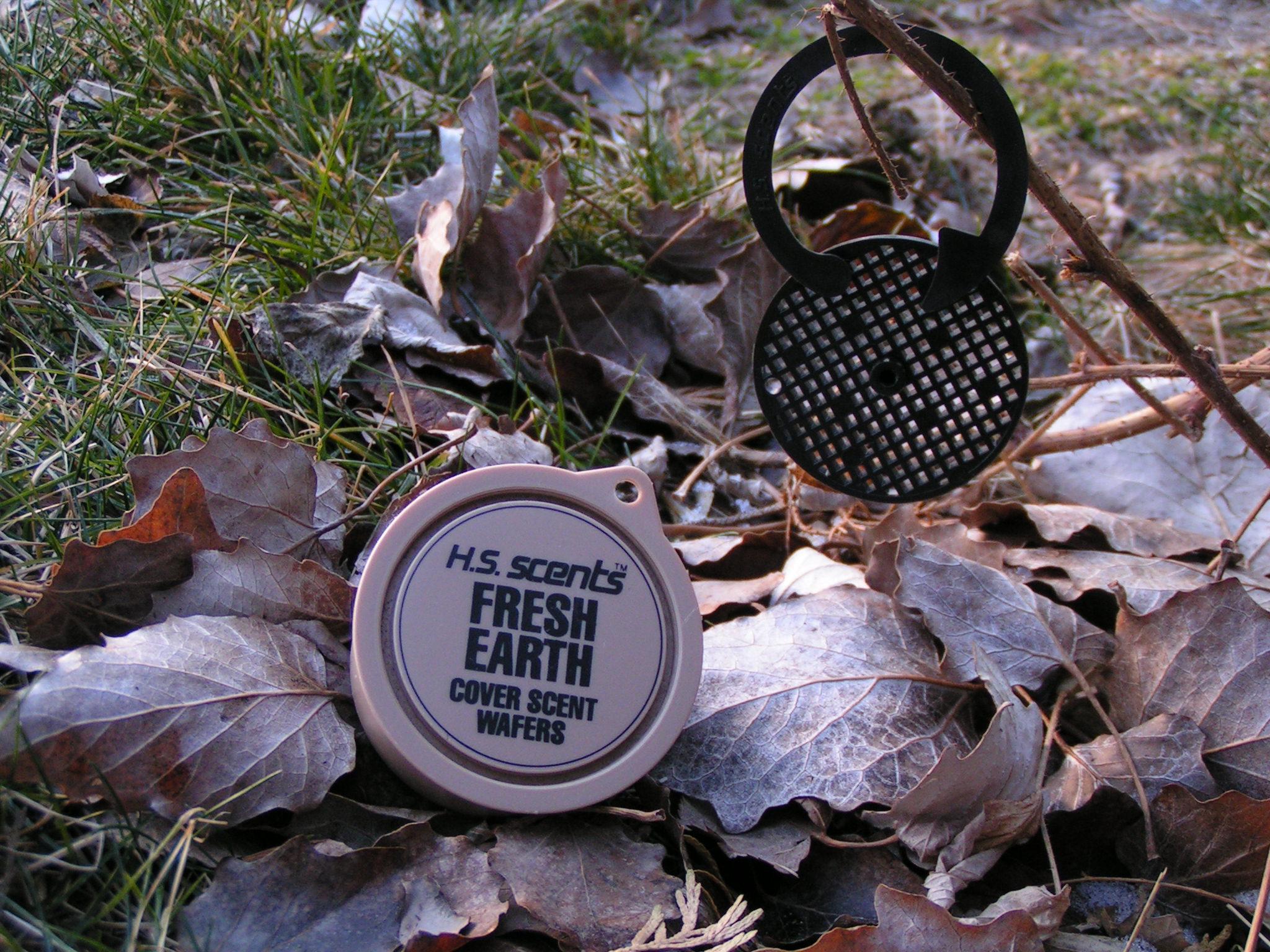By Dan Spengler
Senior Project Manager-Bait Development, Pure Fishing
If there’s one thing I’ve learned, it’s never too early to talk about spring walleye fishing. With the lakes locked up and frozen, many of us view spring fishing as some distant event. But to be honest, it’s all I think about. After what seems like an endless winter, I’m ready for spring and the fishing adventures that lie ahead.
To put it lightly, I’m not just excited for spring walleye fishing, I’m obsessed! So, what’s with my obsession for spring walleye fishing? Well, with spring comes one of the best walleye fishing windows of the year – post spawn. The good news? You don’t even need a boat to access this amazing fishing opportunity!

The author with a 29 incher taken on a Berkley Cutter 90 Shallow.
Why post-spawn
On top of tremendous catch rates, the post-spawn period offers anglers the chance to catch trophy walleyes. During this period, large female walleyes are more accessible, often feeding actively in shallow water. On many occasions, the best fishing opportunities can be enjoyed right offshore, in waders.
To be successful, understanding walleye behavior and feeding activity is key. From my experience, walleye feeding activity peaks following the spawn. I focus my time targeting what I call the “post-spawn feeding binge,” a period where large female walleyes move shallow to feed aggressively to regain energy and body mass lost during spawning activity.
I have followed this pattern in various lakes and sloughs successfully for over 14 years, dating back to my graduate fisheries work at South Dakota State University. During grad school, I fine-tuned my ability to catch trophy walleyes, often catching numerous fish ranging from 25 to 29 inches each night. In most years, the peak bite generally takes place two to three weeks following the spawn (late April to mid-May), give or take a week when you consider localized weather. Several of my best nights occur when ambient air temperature averages 50 degrees throughout the night, when conditions become stable.
Picking locations
Location is key when fishing walleyes post-spawn. Some of my favorite fishing locations include areas with inflowing water, points and offshore sand and gravel flats. I generally try different areas until I find active fish, then experiment with various lures until I find a pattern that works. Keep in mind that what works one night may not necessarily translate to the next. Fish activity can change daily, even hourly, depending on weather conditions.
Regarding tackle, I take the staples with me each trip out. My post-spawn walleye box is heavy on jerk baits, spy baits, jigs (1/8 and 1/4 oz) and soft baits (swim baits and grubs). If I’m fishing in waders, I typically put a few baits of each type into a small box so I can change baits without leaving the water.
Jerk baits: a go-to option
When it comes to post-spawn walleyes, a few baits really stand out as go-to options. Jerk baits, by far, have caught me more trophy walleyes than any other lure during this period. When I think of jerk baits, the body profile (large minnow shape) really fits the bill for what walleyes are searching for. Remember, these fish just spent significant amounts of energy during the spawn. Consuming large prey items is a fast way for these fish to rebuild body mass and energy.
A large profile bait that darts and hangs (suspends) in the water column is hard for any walleye to pass up. In fact, in my opinion, jerk baits are the most efficient (and effective) tool to track fish behavior in the spring. For one, unlike soft plastics, you can pause a jerk bait, allowing fish sufficient time to reach the bait when conditions are slow.
As the water warms, and fish activity picks up, you can speed up your retrieve, mixing in jerks and pauses to generate reaction bites. For me, the Berkley Cutter 90 Shallow or the new Berkley Hit Stick are my two favorite jerk bait options for trophy walleyes post-spawn. The shallow Cutter suspends perfectly, allowing extra time for the fish to reach the bait, while the Hit Stick offers a slow rise option. When it comes to jerk baits, I fish the bait fast or slow, depending of fish activity. I let the fish tell me exactly how they want the bait retrieved. Some nights the fish want the bait moving slow with a long pause, other nights they want it fast and furious with a 3 to 5 second pause.
Pause duration can be very important. I can recall several big females coming off a 10 to 15 second pause. At times, even a 40 second pause can make the difference. Again, fish prefer different things at different times – let the fish tell you what they like.
Favorite techniques
I’ll conclude this short article by spilling my favorite techniques for jerk bait walleyes. In terms of weather, I fish it all. Windy nights can be exceptional. Although fishing in waders with 15 to 20 mph wind is not ideal, it has brought some of my largest fish to date. My favorite technique in the wind is ripping the jerk bait up two times like a hook set, followed by a bait pause. During the pause, keep your line tight and lower your rod to the 3 o’clock position. Pause 5 to 10 seconds and repeat. Snapping your rod tip like this will cause the bait to dart farther side to side than traditional jerk bait methods.
Another great method, this one for calm nights, is to jerk the rod tip twice (wrist motion only), then drag the rod tip from the 9 to 12 o’clock position. Follow this cadence with a 3 to 5 second pause, then repeat. The slow drag will cause the jerk bait to swim out of an erratic darting pattern into somewhat of a traditional swim action. I came up with this technique a few years back and had one of my best nights ever; eight walleyes between 27 and 29 inches in a two-hour window.
Last, but possibly the most important – always keep your bait high in the water column. That’s the number one thing I tell my angler friends. When the walleyes are shallow and active, they typically roam a foot or two off the bottom looking for prey. Keeping your bait high in the water column will lead to more fish, more often. In these scenarios, it pays to think like a fish!















